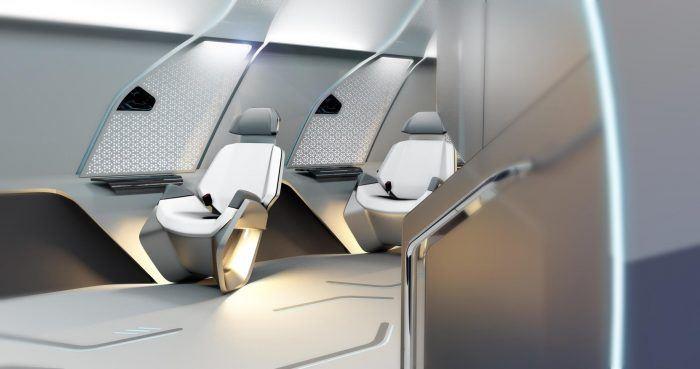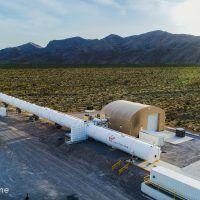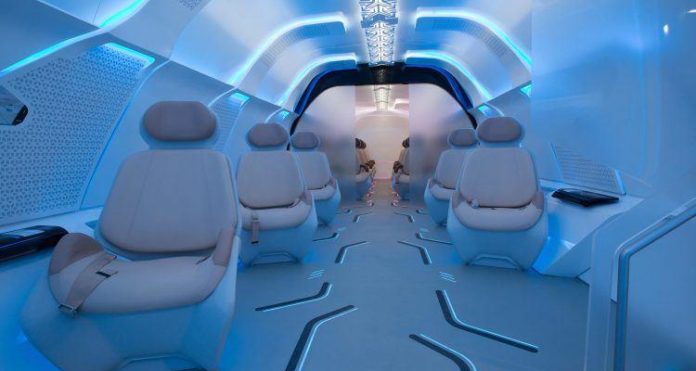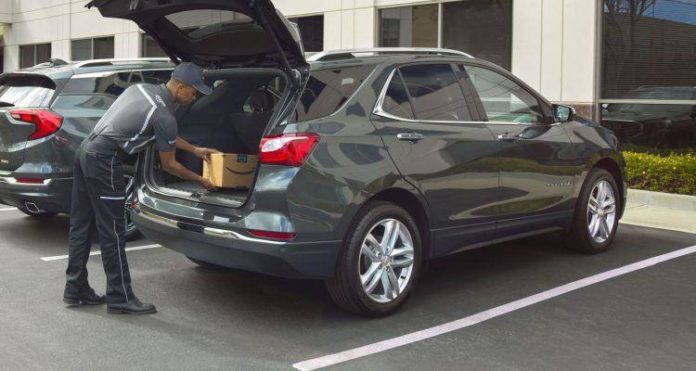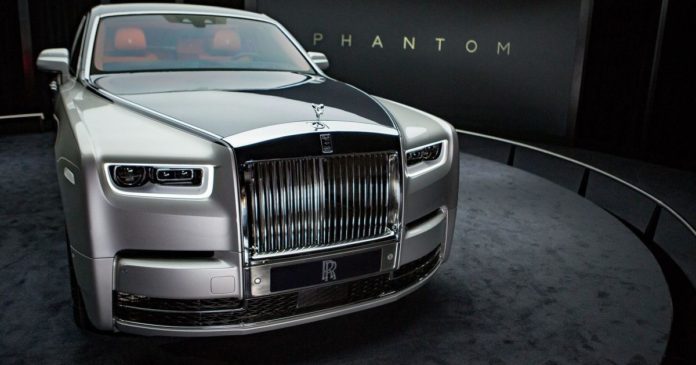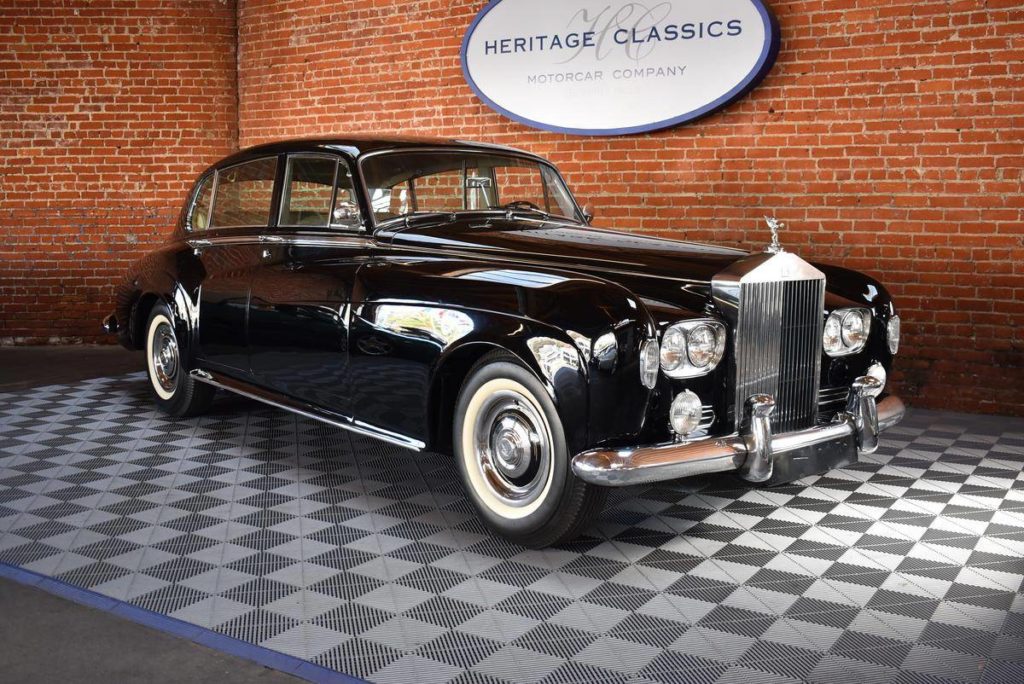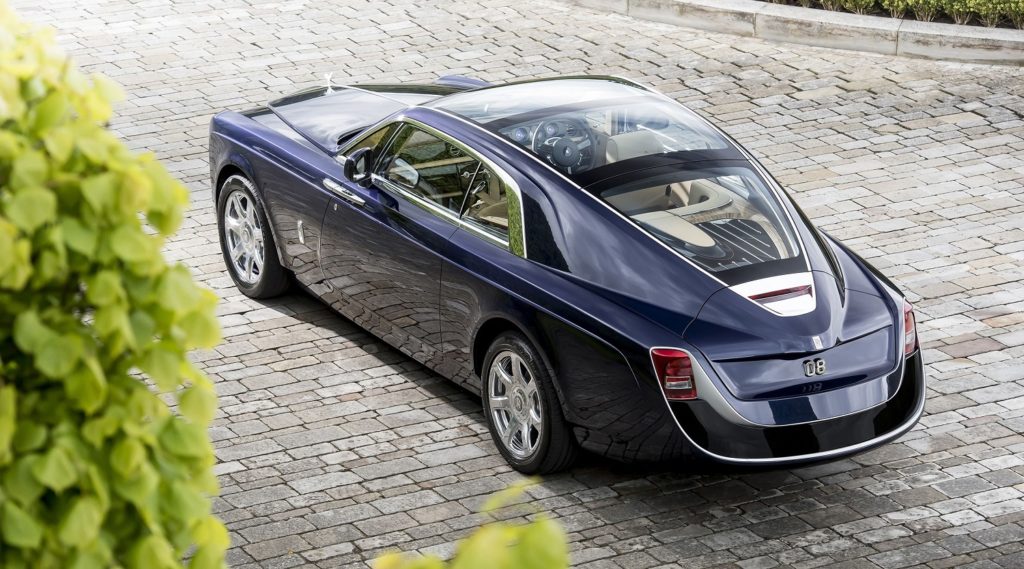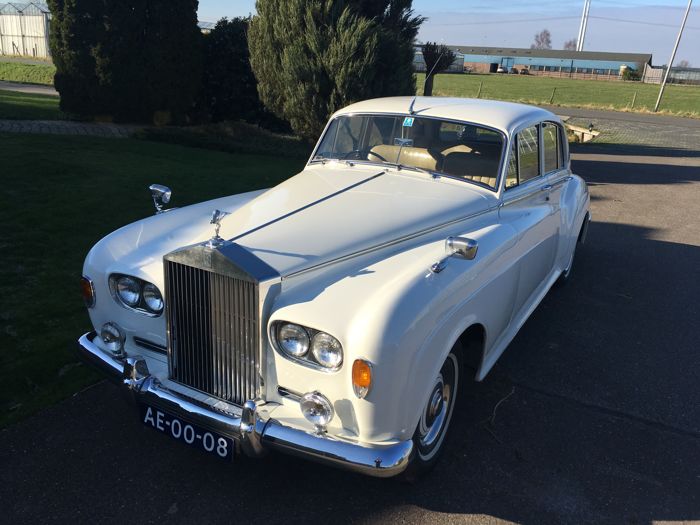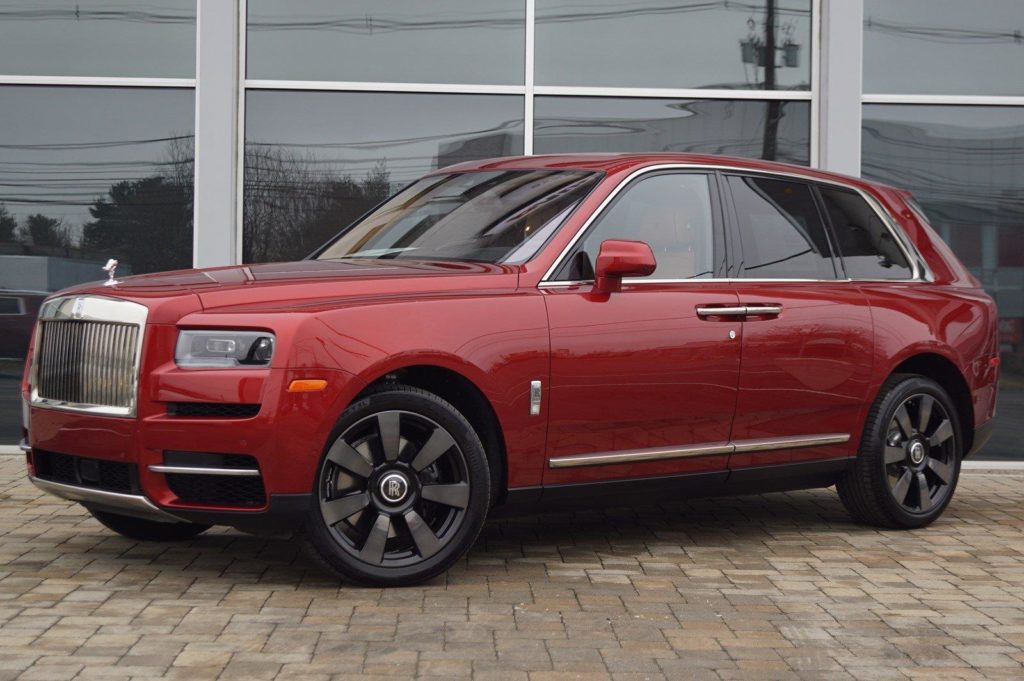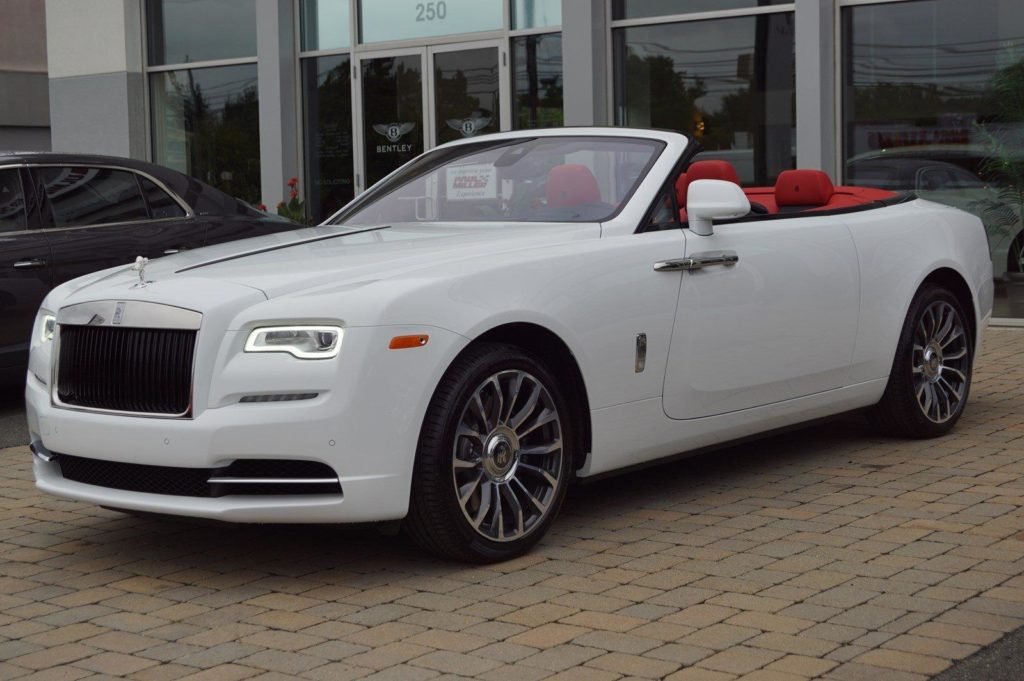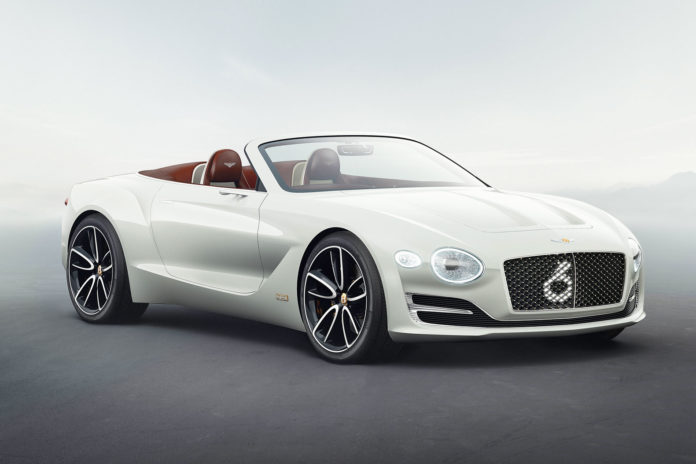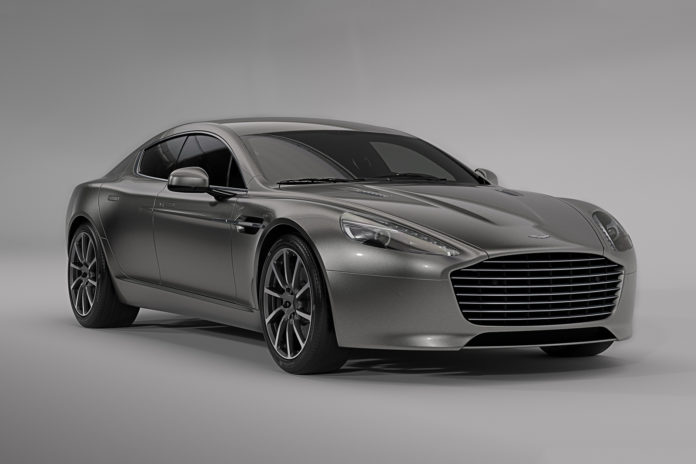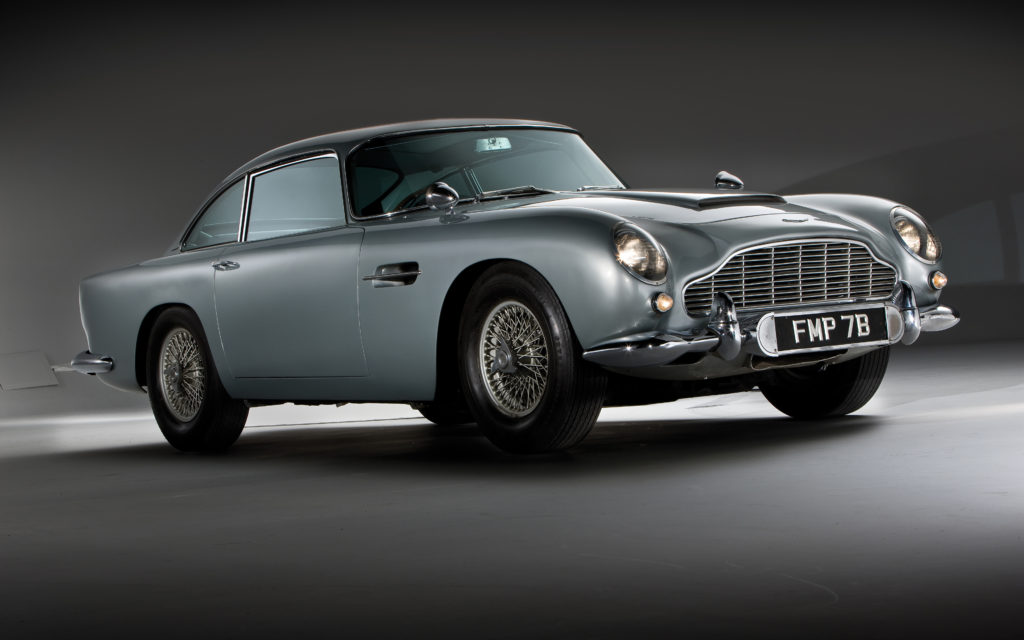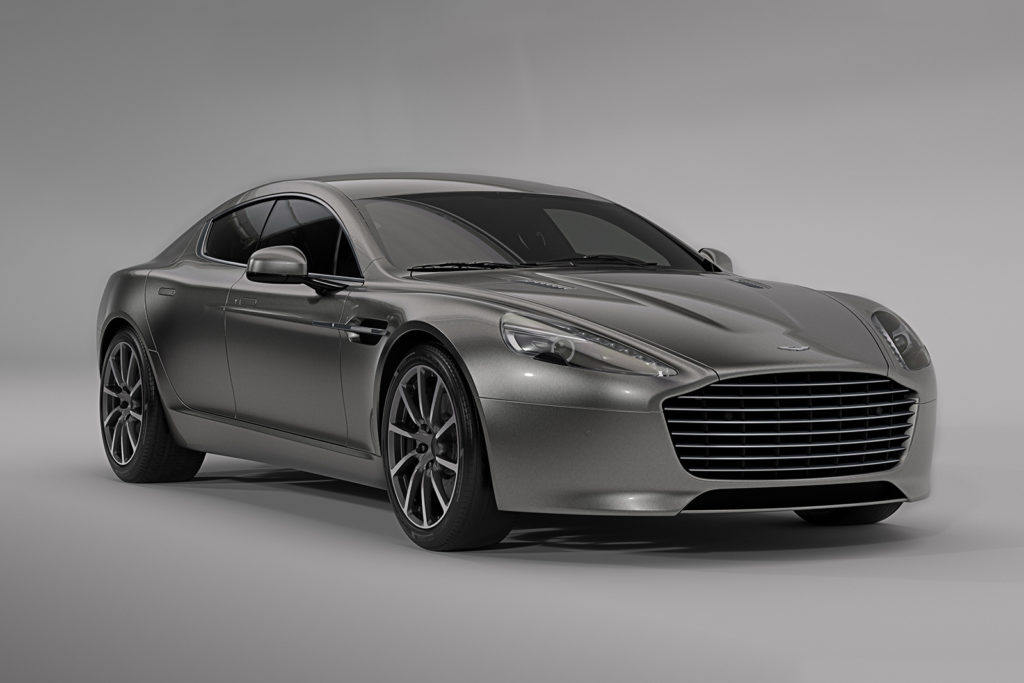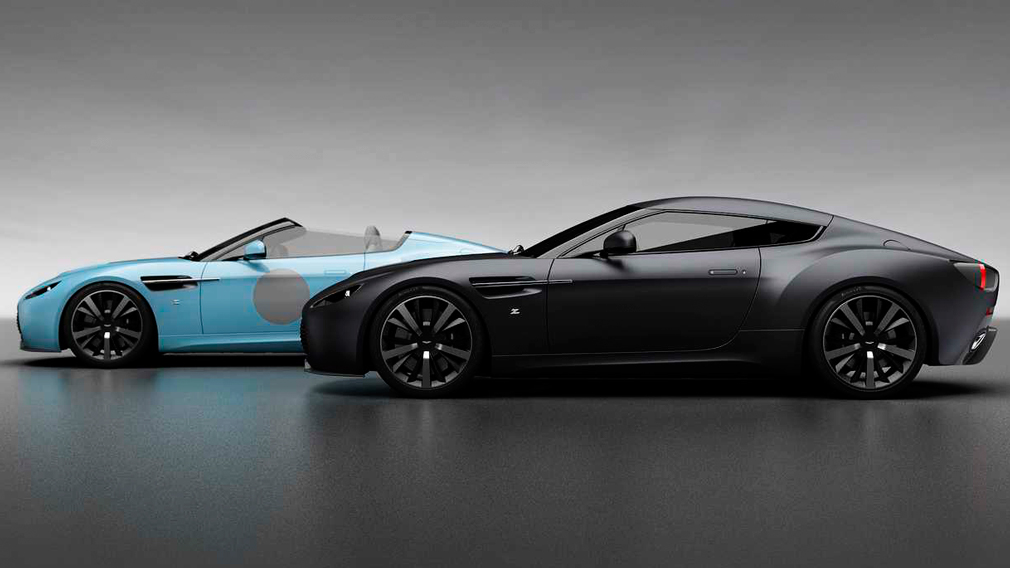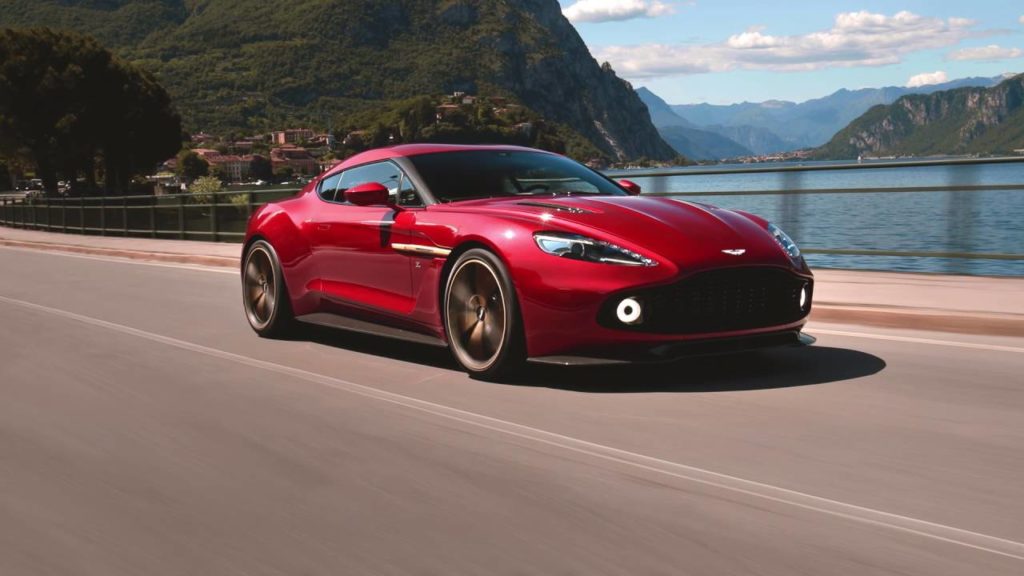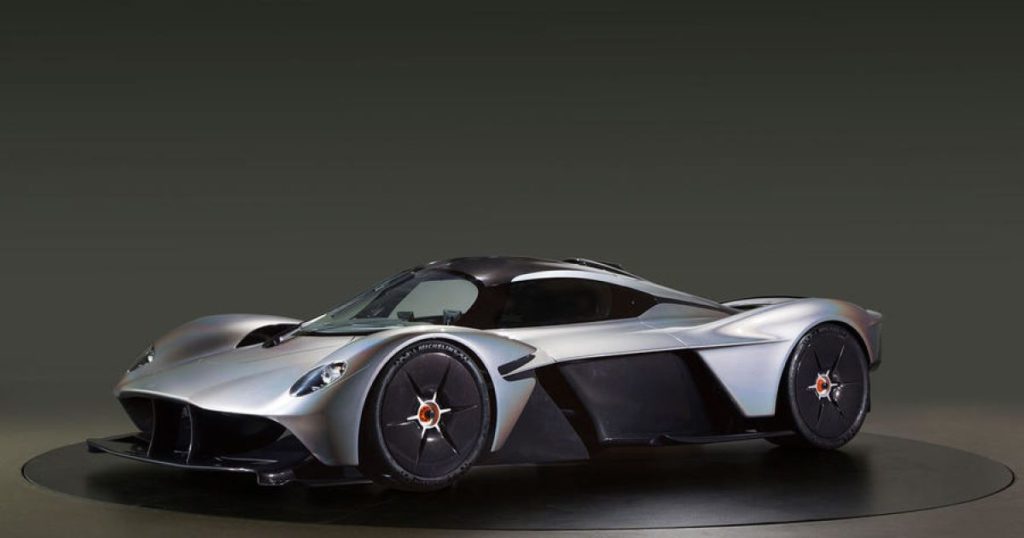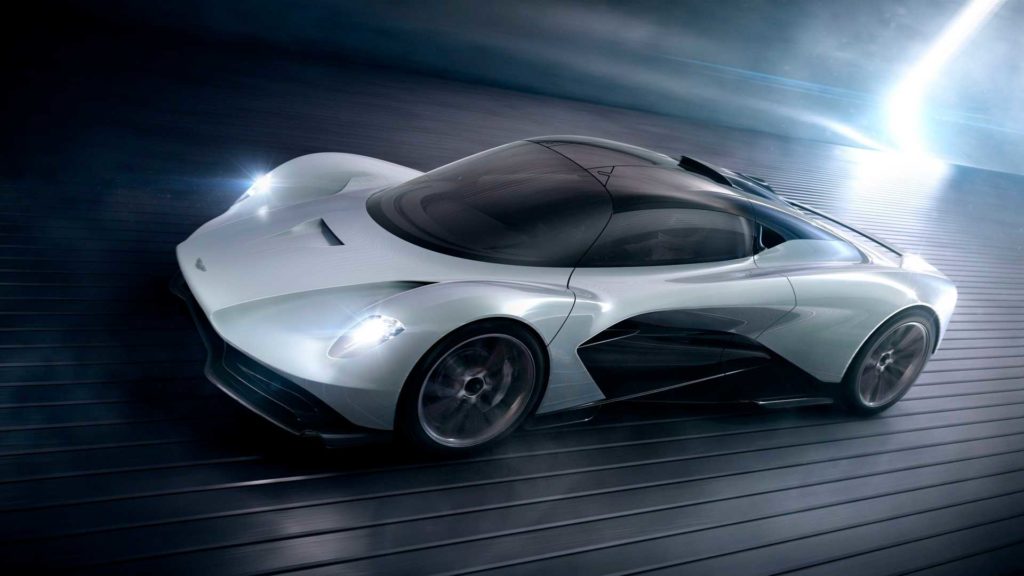Bentley Motors is a British luxury car manufacturer that continues the tradition set by company founder Walter Owen Bentley. The company was formed in 1919 with Harry Varley and Frank Burgess to produce a machine created by the inventors. The success of the new model was determined by its technical superiority, which made it possible to win the team prize in the Tourist Trophy as early as 1922. The most famous model of that period was the prestigious 8L version.
Even today, the success of an automotive brand is determined by its success in racing. Bentleys are still high-speed luxury vehicles today, reaching speeds of around 300 km/h. Like a classic sports car, the Bentley has low ground clearance.
Bentley Concept
Currently, Bentley is an exclusive car brand focused on the interests of wealthy customers. The concept and goals of the company are published on the website, where it is said that the Bentley philosophy is not just the sum of superlatives, it is synonymous with the spirit of excellence, victory, uniqueness and originality. It is emphasized that the brand was created not only to achieve goals, but to enjoy and unique sensations in everything.
This can be felt in the combination of impressive pressure, with a restrained design of the body and interior, expressiveness of details. Every Bentley part is handcrafted. For the driver, this is a complete immersion in the world of luxury and impressive technical characteristics. This brand is truly considered synonymous with the highest engineering skills and the spirit of true inventors.
The main idea that was taken as the basis for development was the motto: "When incredible cars meet incredible people, incredible things happen." The company promotes not just its own cars, but creates a community and space for Bentley, bringing together like-minded people who create unique things. Walter Owen Bentley, in his own words, sought to create the fastest and most powerful car - the best in its class. A team of racers was able to show the world his creation and gain popularity.
Story
Bentley Motors has overcome significant development challenges since its inception in 1919 to maintain its unique image. In 1931, the company was acquired by Rolls-Royce, in 1970 Bentley Motors became the property of Vickers. It was only in 1998 that the company was able to produce cars, concentrating on creativity and engineering as part of the VAG Group. Bentleys are made entirely by hand and are aimed at select buyers. If you want a Hand-Made car that hasn't seen the assembly line and is handcrafted to the highest level of quality, all you need is a Bentley.
Bentley is the official car supplier for the British Royal Court. The company fulfills orders for the manufacture of vehicles for royalty.
The beginning of history - engine design
Interest in building their own car began with the Bentley brothers at the beginning of World War I, when Walter Owen Bentley and Horace Millner Bentley were selling French DFP cars in the suburb of Cricklewoody, North Londom. The basis of this desire was Walter Bentley's interest in mechanics. Already at the age of 16 he was an assistant engineer for the production of locomotives in Doncaster.
He graduated in engineering theory from King's College. In addition to the trains he taught in the training course, Bentley was passionately interested in motorcycles and cars. At the same time, Walter Bentley participated in motorcycle races and distance rallies. His ardent passion for the topic became the basis for the search for new technical solutions.
At first, racing and selling DFP cars were closely linked from a commercial point of view. In 1912, DFP began to produce its own engines, Bentley participated in the process and proposed 12/15 pistons for the 2-liter engine. Parts were cast from aluminum, which made the engine lighter. The idea was applied in the production of aircraft engines, which were tested under real conditions during the First World War.
Walter Bentley approached Rolls-Royce and Sunbeam, British aircraft engine manufacturers, and British Commander Wilfrid Briggs. The beginnings of the young designer were supported, his own engine was to be produced by the Humber plant in Conventry. Bentley Rotary 1 and Bentley Rotary 2 engineered aircraft engines brought Bentley popularity and start-up capital to open its own automobile production.
Emergence of Bentley Motors Ltd.
Own automobile company was registered in 1919 as Bentley Motors Ltd. The founder was also Frank Bargess, formerly of Humber Limited, a motorcycle manufacturer. The team also included Harry Varley from Vauxhall Motors. Together they set out to develop a high-quality, powerful sports car. Walter Bentley was not interested in automotive design, he was interested in the power and endurance of a racing car.
Particular attention was paid to the engine. In December 1919, a 3-liter 4-cylinder engine was already ready. The car was released with a one-year delay in 1921. The new racing model immediately showed itself well in the races and gained great popularity. Buyers who purchased Bentley received not only a great car, but also a 5-year warranty. However, only wealthy owners could afford it, as the cost was 1050 pounds.
"Bentley Boys"
A group of motorists and racing drivers who called themselves the Bentley Boys took up the promotion of the brand. It included the famous racing driver Wulf Barnato and the financier. The group won prizes at Indianapolis races in 1922, participated in Le Mans from 1923 to 1930.
Cars gained high popularity, but the high price led to a decrease in sales. Already by 1926, the company was facing financial difficulties. At this point, Wolf Barnato, who took over as managing director, joined the founders.
In 1929, Bentley Boys member Tim Birkin, a well-known race car driver, designed a supercharged engine that became the prototype of modern turbocharged engines. Walter Bentley reacted to the idea with distrust and was right, as the reliability of the car was significantly reduced. At the same time, this Bentley 4½-liter engine brought a new victory at Le Mans in 1927-1928 and the assessment of Ettore Bugatti, who stated that Bentley made the fastest trucks in the world.
Bentley 4½-litre
Despite many problems Bentley 4½-litre made the brand famous and popular. In 1926-1930, the Bentley 6½-liter car was designed and a racing modification, the Bentley Speed Six. During this period, the Bentley Speed Six won several races at Le Mans. However, popularity turned into significant problems for the company, the races in 1930 were the last for Bentley. The company resumed its participation only in 2001.
Feeling the demand from buyers, Bentley Motors Ltd produces an expensive car with an 8-liter engine. It became the most expensive in Europe, after the crisis of the Great Depression, the brand completely lost popularity. The limited lot was 100 cars.
Bentley as part of Rolls-Royce - 1931-1970
In 1931, Bentley Motors Ltd began to experience serious financial difficulties, it was decided to sell Napier, but this agreement was prevented by Rolls-Royce from a desire to eliminate a competitor (Bentley 8-liter) for its Phantom II car.
As a result of the transaction, which was confirmed in court, Rolls-Royce received showrooms, a factory and a Bentley service station, as well as the services of Walter Bentley himself for 4 years. At the same time, he was removed from the development of new models and was used only as a product manager for working with clients. Bentley competed in test races as a driver at the Brooklandsey race track and during mountain race runs in the Alps.
The company was headed by Wolf Barnato, who also remained the owner of a large stake and joined the directors of Rolls-Royce. In 1932, the production of cars was discontinued, in 1935 Walter Bentley left the company.
Already in 1933, Rolls-Royce released a new sports car Bentley 3.5-litre, manufactured at the Derby plant. Despite the disappointment of many fans, the car lived up to the times and was well received by customers. From 1933 to 2004, Bentley produced cars of the same type on a legacy chassis and based on Rolls-Royce engines.
The cars retained the sporty design and features of a sports car, but did not participate in auto racing. They were offered in an exclusive segment for buyers who used drivers to drive.
During the Second World War, the production of cars was discontinued, after the war, both brands were produced in the "engine plus chassis" version. The body was offered to buy customers additionally.
A new round of popularity awaited Bentley in 1952, when the Bentley R Type Continental was released with an inline-six. The car was distinguished by thoughtful aerodynamics and low weight. This sedan quickly became serial and received the title of the best car of the year in the UK. In addition, coupes were produced with a body from various studios. Since 1955, Bentley cars have become a complete copy of Rolls-Royce.
Bentleys were more affordable than Rolls-Royce, positioned as premium sports cars, and provided owners with a higher level of comfort than other sports brands.
Revival with Vickers
After the change of ownership at Rolls-Royce, it became possible for Bentley to create their own cars. Already in 1991, parity with Rolls-Royce was restored. The Bentley Mulsanne was popular during this period. The name was borrowed from a section of the track, in honor of Bentley's historic victories at Le Mans. Introduced at the 1982 Geneva Motor Show, the Bentley Mulsanne Turbo was voted the best sedan in the world, outperforming the Mercedes-Benz 600SEL. But the two-door Bentley Continental coupe, designed by the Italian coachbuilder Pininfarina, won the greatest popularity in the 1990s.
New time VAG Group
In 1998, Vickers decides to sell its automotive assets. It was planned that two brands will be acquired by BMW AG, the company collaborated with Vickers on the production of aircraft engines. The brands were sold separately. BMW AG offered 340 million pounds for Bentley, Volkswagen AG represented by Ferdinand Piech 430 million pounds.
Under the terms of the deal, VAG Group received the rights to the company's real estate assets, car design, names, and the Rolls-Royce logo, but did not have the rights to use the logo, since the brand belonged to other owners. It was the Rolls-Royce name and logo that BMW AG purchased from Rolls-Royce plc for £40m.
In 1998, BMW AG continued to supply parts for the new divisions of the VAG Group, but after a while they stopped them. After a long conflict, a joint venture agreement was concluded allowing the VAG Group to temporarily use the Rolls-Royce logo owned by BMW AG. BMW AG supplied, as a result of the agreement, engines and other parts for the production of the brand's vehicles.
In 2003, VAG Group completely replaced BMW AG products in Bentley production. For the release of Rolls-Royce, BMW AG registered a new legal entity, Rolls-Royce Motor Cars Limited. For production purposes, a new complex was built with facilities in Goodwood and West Sussex, UK.
The Crewe plant has been upgraded by VAG Group for a total investment of £500m. The production staff was doubled in number. During this period, the following brands were the most popular
- Bentley Brooklands 2-door coupe;
- luxury sedan Bentley Arnage;
- stylish sports coupe - convertible Bentley Azure;
- race car Bentley EXP Speed 8, which took 3rd place at the Le Mans race.
In 2002, the historical name of Bentley Motors Limited was returned.
new time
With the VAG Group, Bentley gets the opportunity to develop independently, and with the possibility of absorbing the engineering capabilities of Rolls-Royce. The flagship model was the Continental GT sports coupe. It is a standard 4-seater that combines the power of a sports car, the handling and safety of a sports coupe, with the luxury and convenience of an executive sedan. The maximum speed of the car reaches 290 km / h thanks to the installed 6-liter W12 engine with a capacity of 500 hp. The car has a 6-speed gearbox.
To date, a number of previously developed models are being produced, including the improved Continental GT series. The offer includes armored limousines, sports cars and executive sedans. At the moment, the future development strategy is being determined, led by the new division director Stefan Walkelmann.
The lineup
| Model |
Year of issue |
class/segment |
|
| Bentley Mulsanne |
2010 - present time |
Executive, F-segment |
Buy spare parts |
| Bentley Brooklands |
1992 — 2011 |
Premium, F-segment |
Buy spare parts |
| Bentley Azure |
1995 — 2003, 2006 — 2009 |
Gran Turismo, S-segment |
Buy spare parts |
| Bentley Continental GT |
2002 - present time |
Gran Turismo, S-segment |
Buy spare parts |
